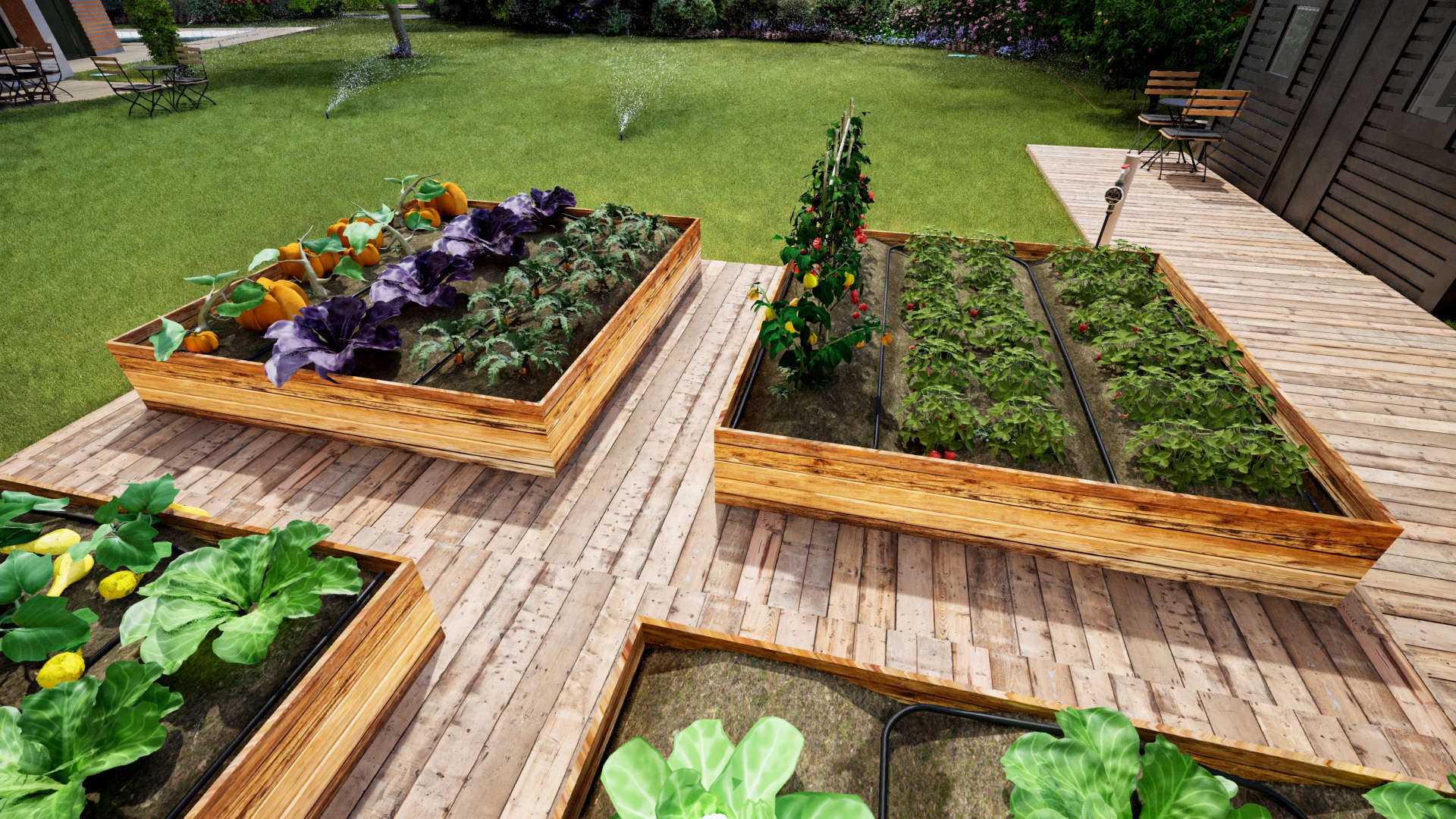
Blog
How drip irrigation works and necessary equipment
25 May 2023
Drip irrigation
Micro-irrigation is a localised micro-flow irrigation system that first came about in Israel in the 1960s.
The initial drippers (in line with laminar motion) emitted water slowly and at regular intervals through a microtube wrapped around a 16-mm tube, exploiting the phenomenon of friction and fall pressure inside the conduits.
Technological advances also led to the production of turbulent motion regulators and the adoption of self-compensation technologies.
The Drippers
The drippers, taking their name from the “drip irrigation” designation, are small nozzles installed on polyethylene tubes able to gradually release water. This gradual release takes place thanks to the passage of water through tiny labyrinths that slow down its speed (by friction).
The drippers can have a fixed flow rate of a standard nature or be self-controlling or with variable flow rate. They are particularly used for watering rows of trees and vegetable crops. Self-compensating drippers generally have a variable flow rate of between 2 and 8 litres/hour and operate within a pressure range of 1.0 to 4.0 bar.
Wing drippers
Wing drippers are widely used to water shrub flower beds, rows of trees or vegetable gardens and ground cover. They consist of polyethylene tubes with infiltrator drippers (inserted inside the tube during the manufacturing process). The distance between the drippers determines the “pitch” of the wing dripper. Typically used in gardens are self-compensating wing drippers with an external diameter of 16 mm, a pitch of 30 cm and drippers from 2.0–2.2 litres/hour.
Porous Tubes
An alternative to wing drippers is the choice of porous tubes. These dispensers, suitable for subirrigation, are characterised by a microporosity that allows the surface of the tube to evenly “exude” the water that is dispersed directly in proximity to the plant root systems. These tubes are used with typical operating pressures of 0.8–1.0 bar and tend to have a flow rate of 2 litres/hour per metre of length.
Discover the latest innovations
in irrigation systems!